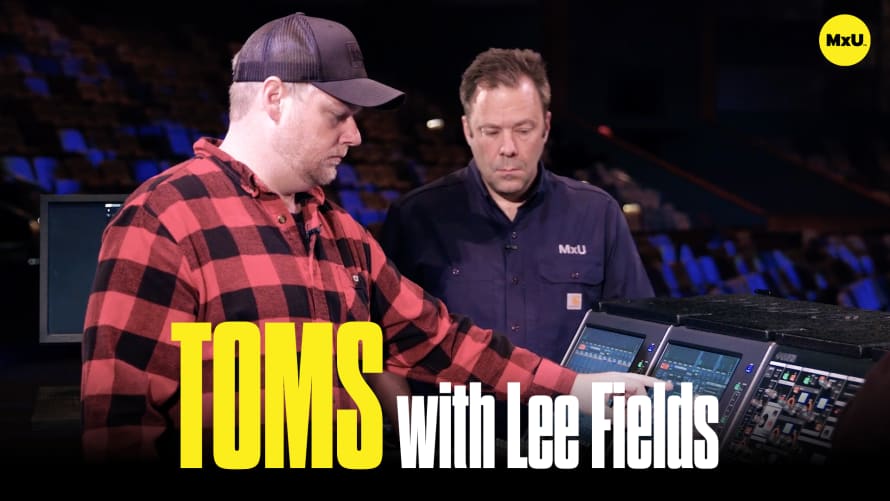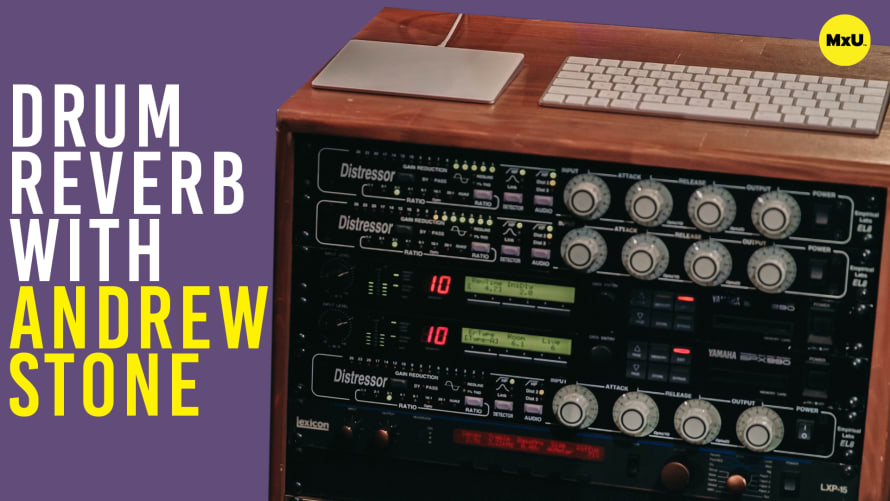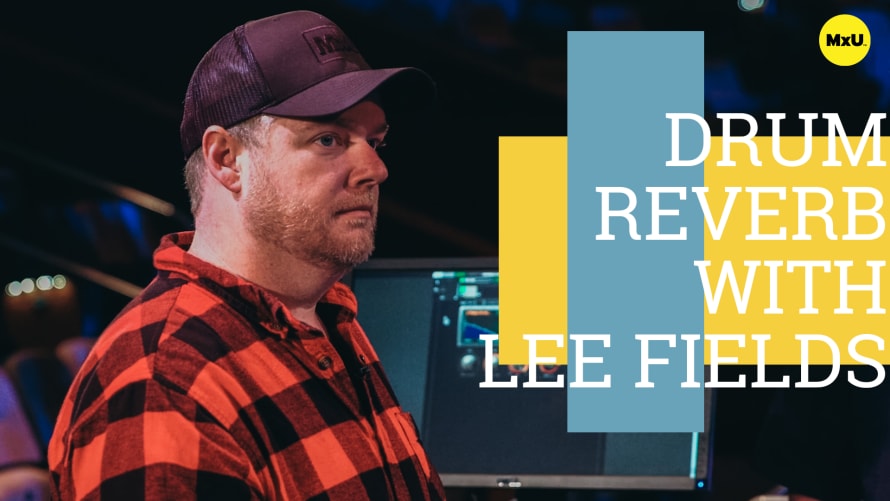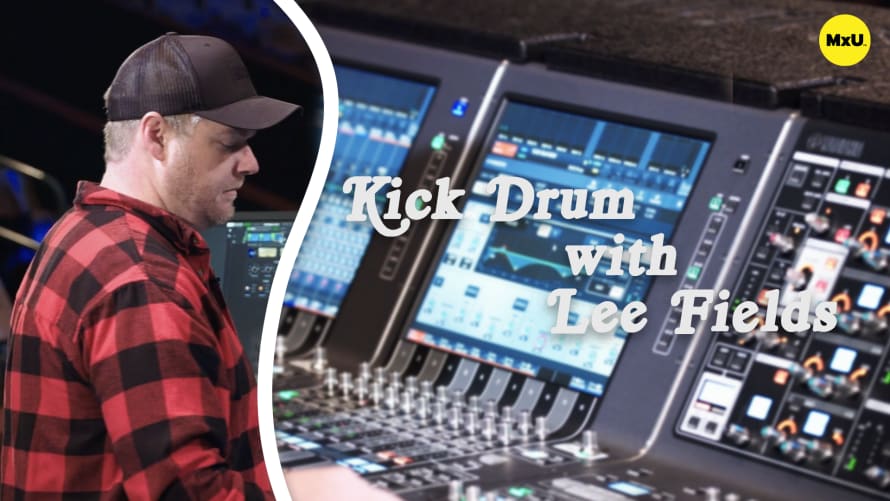Overheads with Lee Fields

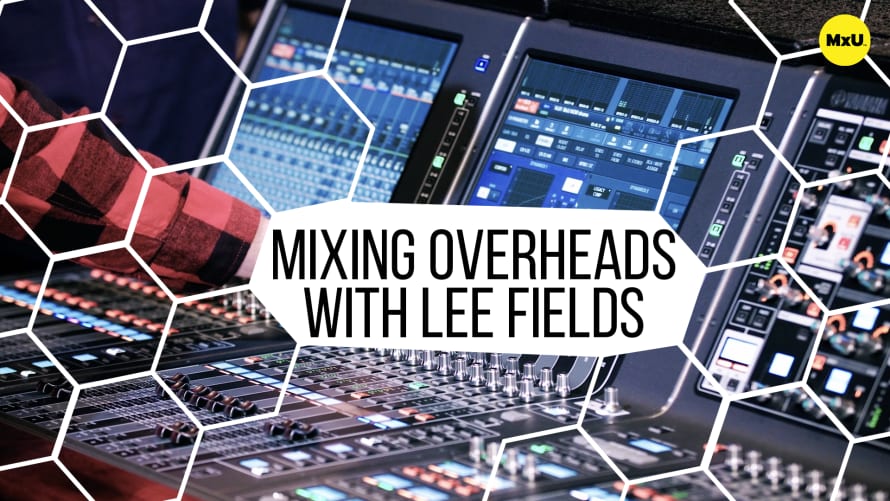
Continue watching
Sign up to continue watching Overheads with Lee Fields
Pricing
Starting at $19.95 /mo
More in MxU
Walk through how Lee Fields explores his setup for overhead mic’ing and mixing. The focus is on capturing the essence of cymbals. Maintaining the clarity of the overall drum sound is key. Learn how to optimize your EQ settings for a balanced sound.
Key Points:
- Different engineers use widely varied overhead miking techniques to capture drum kits and cymbals.
- Mojave MA 100s microphones are favored by Lee for their ability to capture cymbals crisply. They also capture the attack of the toms and snare.
- Setting up overheads involves balancing brightness in cymbals to avoid overwhelming the mix.
- Techniques include removing EQ to reduce boxiness, adding sparkle to crashes, and influencing the overall drum sound.
- High-pass filtering helps manage boomy kick drum sounds. It also reduces room bleed in the overhead mics.
- The hi-hat's presence in overhead mics impacts how it should be EQ'd separately.
- Compression is used strategically with lower ratios for the drum sound. It smooths out cymbal crashes and allows natural decay.
- An F6 insert on cymbal crashes helps remove harshness while maintaining brightness. It prevents larger cymbals from dominating the mix.
Topics
Categories
Audio
301
Nothing added

